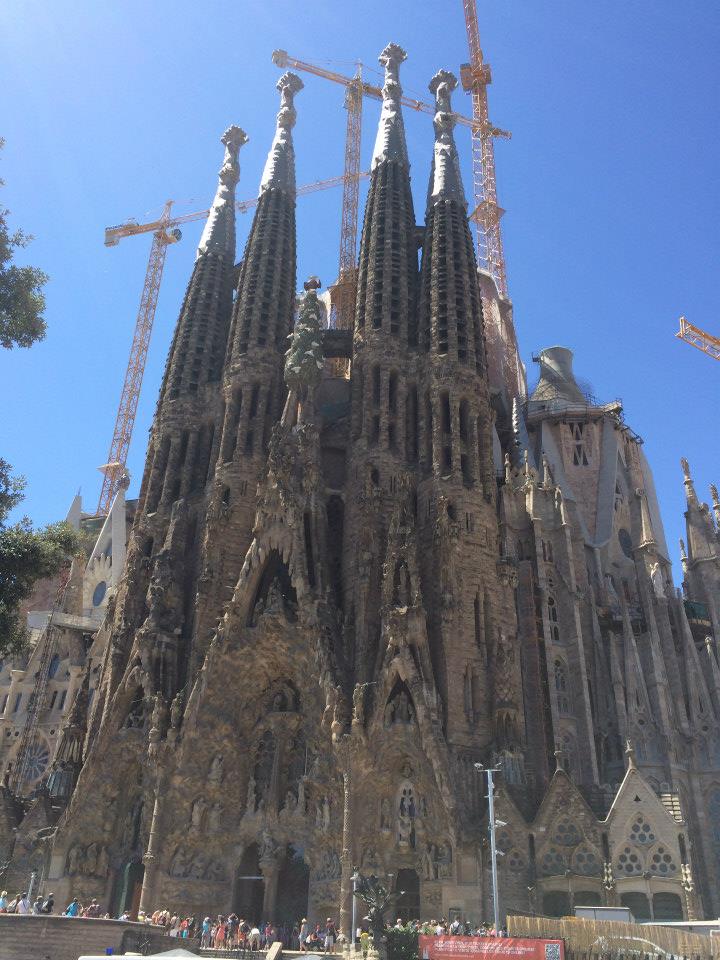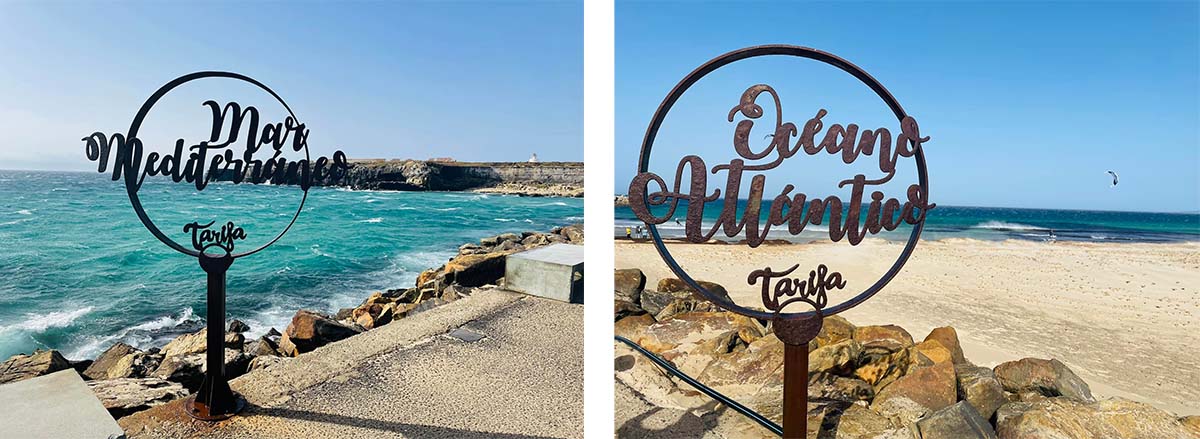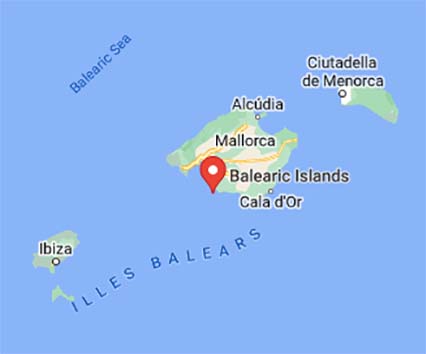About Spain
Capital: Madrid
Currency: € (Euro)
Former Currency: Peseta
Date Spain Adopted Euro: 1 January 1999
Date Spain Joined the EU: 1 January 1986
Main Seas / Oceans: Atlantic Ocean & Mediterranean Sea
Countries That Border Mainland Spain: France, Andorra & Portugal (British overseas territory Gibraltar borders it in the south)

Spain, a country at the crossroads of Europe and Africa, is a captivating blend of history, culture, and diversity. Let’s delve into the various facets that make Spain a unique and fascinating nation.
Geographical Location of Spain
Situated on the Iberian Peninsula, Spain occupies the majority of the southwestern part of Europe. Bordered by France and Andorra to the north, Portugal to the west, and sharing maritime borders with Morocco in North Africa, Spain’s strategic location has played a significant role in its historical and cultural development.
Spain’s Proximity to Africa
Spain’s proximity to Africa, separated by the Strait of Gibraltar, has influenced its history and culture. The Moors’ occupation of the Iberian Peninsula from the 8th to the 15th centuries left an indelible mark, evident in the architecture, cuisine, and traditions of southern Spain, especially Andalucia.
In Tarifa (the closest point to Africa) there is a unique area where you can stand and see the Mediterranean Sea on one side of you and the Atlantic Ocean on the other.

Religion in Spain
The predominant religion in Spain is Roman Catholicism. The influence of Catholicism is deeply embedded in Spanish culture and traditions, shaping everything from festivals to daily life. However, Spain is known for its religious diversity, with communities practicing Islam, Judaism, and other faiths.
The Population of Spain and Main Nationalities
Spain boasts a diverse population, with over 47 million people. In addition to the native Spanish, the country is home to a significant number of immigrants. Main nationalities include Moroccans, Romanians, and Ecuadorians. This diversity contributes to Spain’s rich tapestry of cultures and traditions. These days expats from across northern Europe have made Spain their home so you will see (and hear) many Scandinavians, British, Irish, Russian, German and more recently Ukranian.
Autonomous Communities
Spain is divided into 17 autonomous communities, each with its own distinct identity and government. Catalonia, with Barcelona as its capital, seeks greater autonomy, while the Basque Country in the north has its unique language and traditions. Andalucia, in the south, is known for its vibrant festivals and Moorish influences. Other communities include Madrid, Valencia, Galicia, and more, each contributing to the country’s cultural mosaic.


The Spanish Islands
To the east of mainland Spain are the Balearic Islands consisting of the Gimnesias (Mallorca Majorca, Menorca and Cabrera and the Pitiusas (Ibiza and Formentera).
To the south west of mainland Spain off the coast of Africa are the Canary Islands made up of Gran Canaria, Fuerteventura, Lanzarote, Tenerife, La Palma and Gomera.
Autonomous Communities
There are 19 autonomous communities throughout Spain. These are made up of Andalucia, Aragon, Asturias, Baleares (Balearic Islands), Ceuta, Canarias (Canary Islands), Cantabria, Castilla-La Mancha, Castilla y Leon, Cataluna, Communidad Valenciana, Extremadura, Galicia, La Rioja, Madrid, Melilla, Murcia, Navarra, Pais Vasco (Basque Country)
The Spanish Government
Spain operates as a constitutional monarchy with a parliamentary democracy. The current government structure consists of the Prime Minister, who is the head of government, and the monarch as the ceremonial head of state. The Parliament, known as the Cortes Generales, is bicameral, comprising the Congress of Deputies and the Senate.
The Spanish Monarchy
King Felipe VI is the reigning monarch, taking over from his father Juan Carlos II. The Spanish monarchy underwent a transition in 2014 when King Juan Carlos I abdicated in favor of his son, Felipe VI. The monarchy plays a symbolic and unifying role in Spanish society, and the royal family is respected for its contributions to national unity.
Spain, with its diverse landscapes, rich history, and vibrant cultures, stands as a testament to the beauty of unity in diversity. From the snow-capped peaks of the Pyrenees to the sun-drenched beaches of the Costa del Sol, Spain’s allure extends beyond its geographical borders. The autonomous communities, each with its own character, contribute to the nation’s cultural wealth. As Spain continues to evolve, embracing both its traditional roots and the influences of a globalized world, it remains a dynamic and fascinating destination for those eager to explore its multifaceted identity.